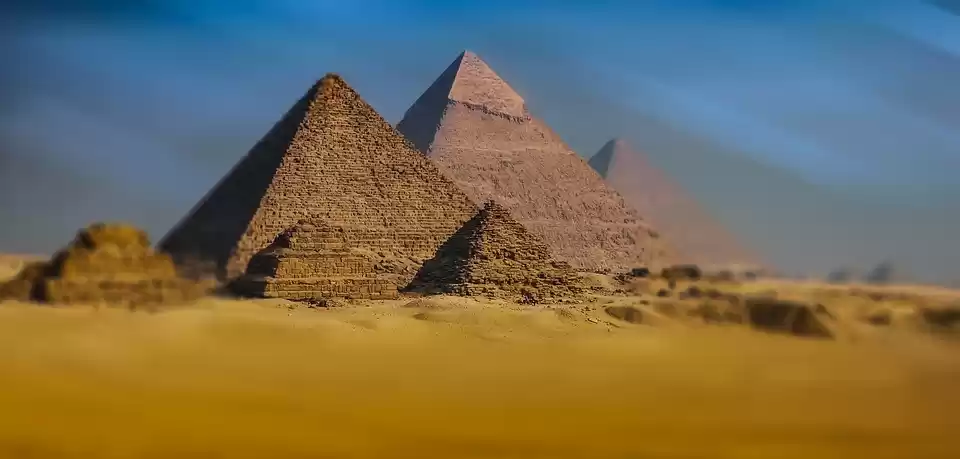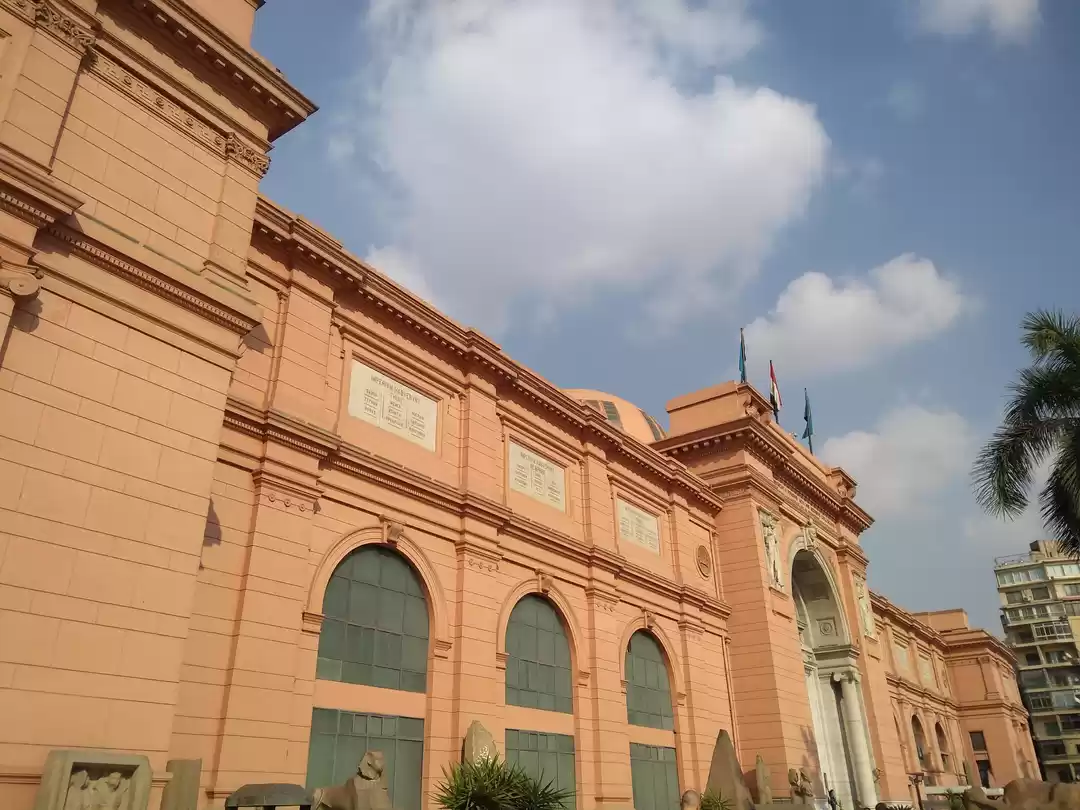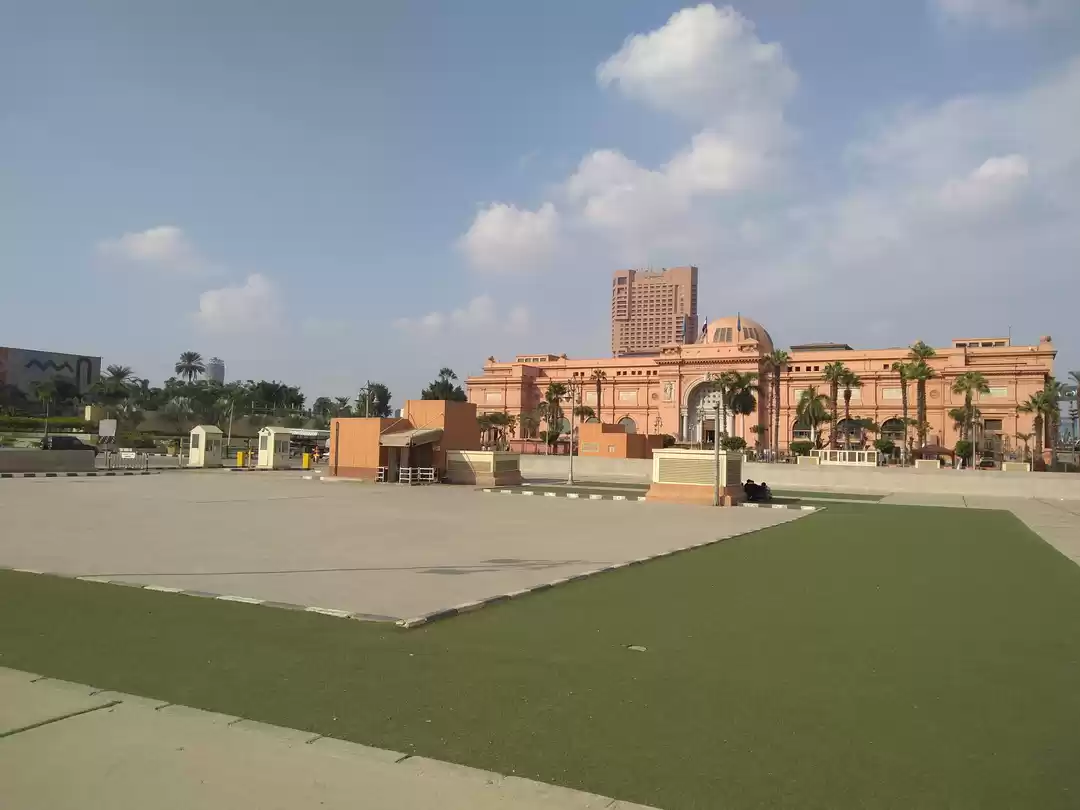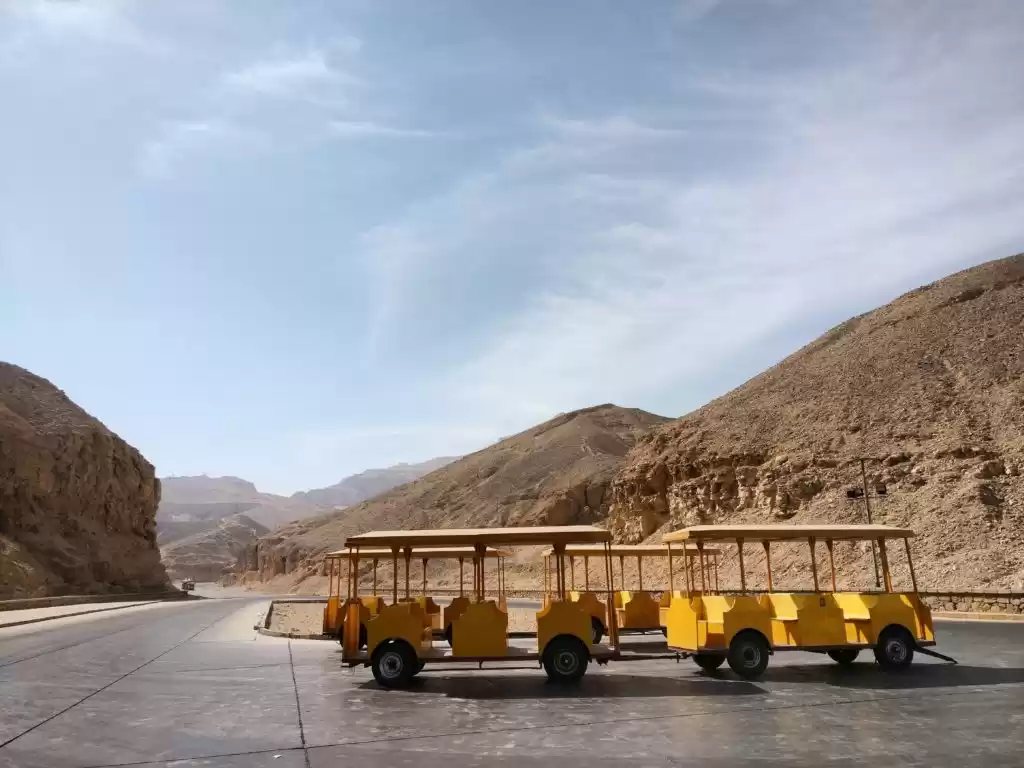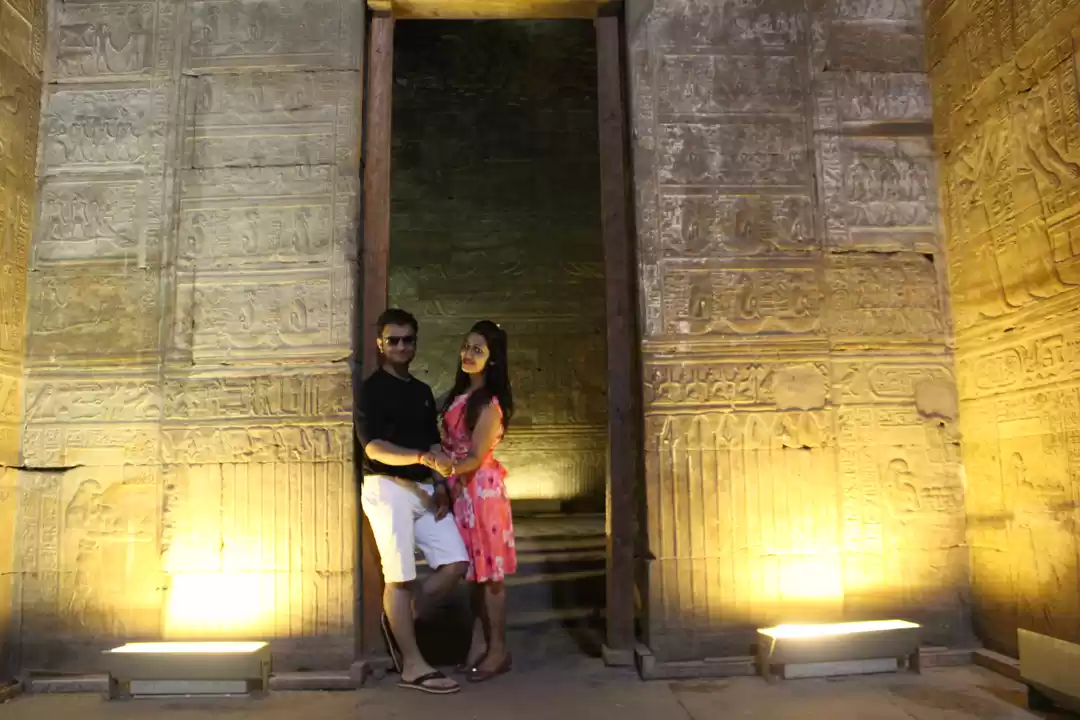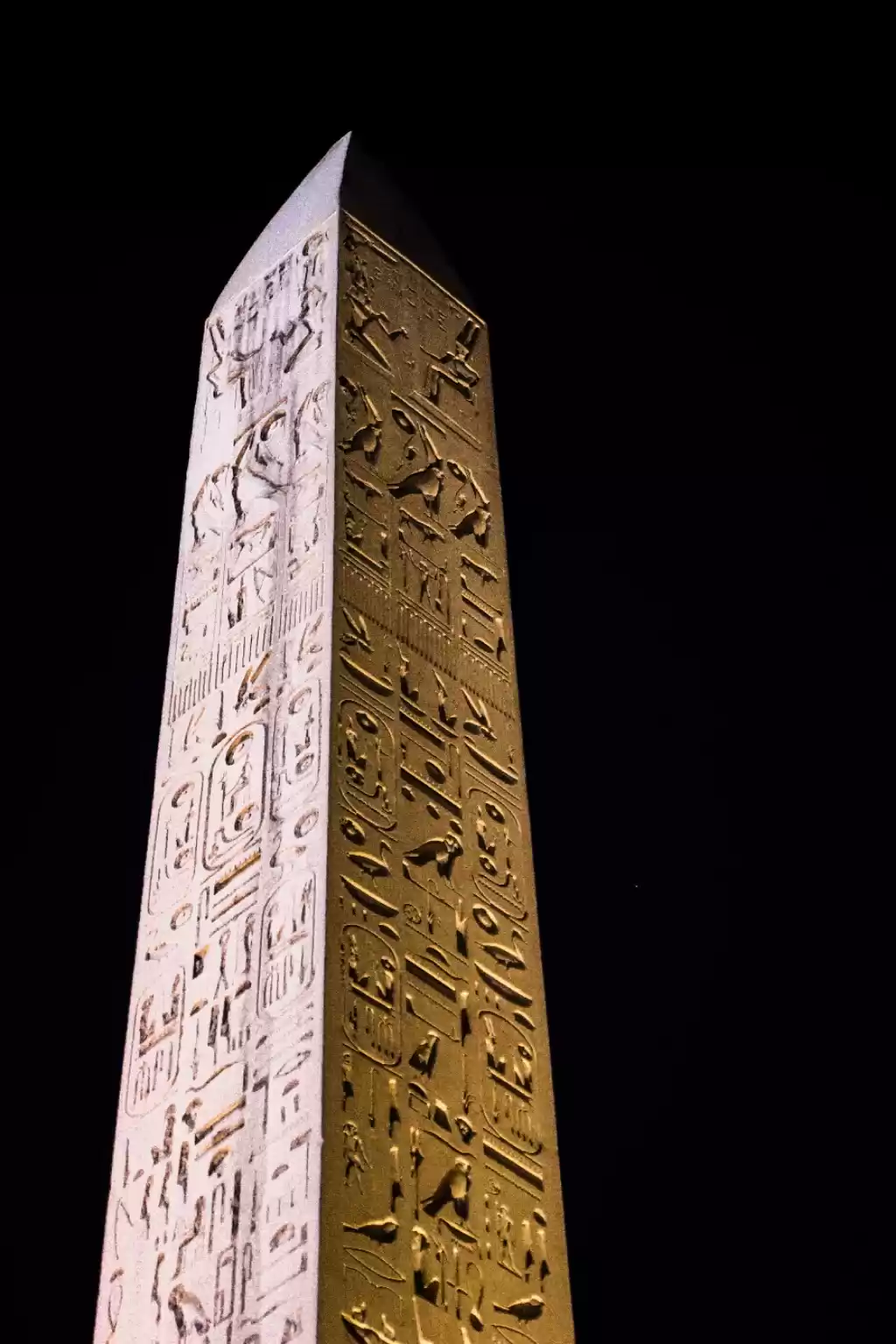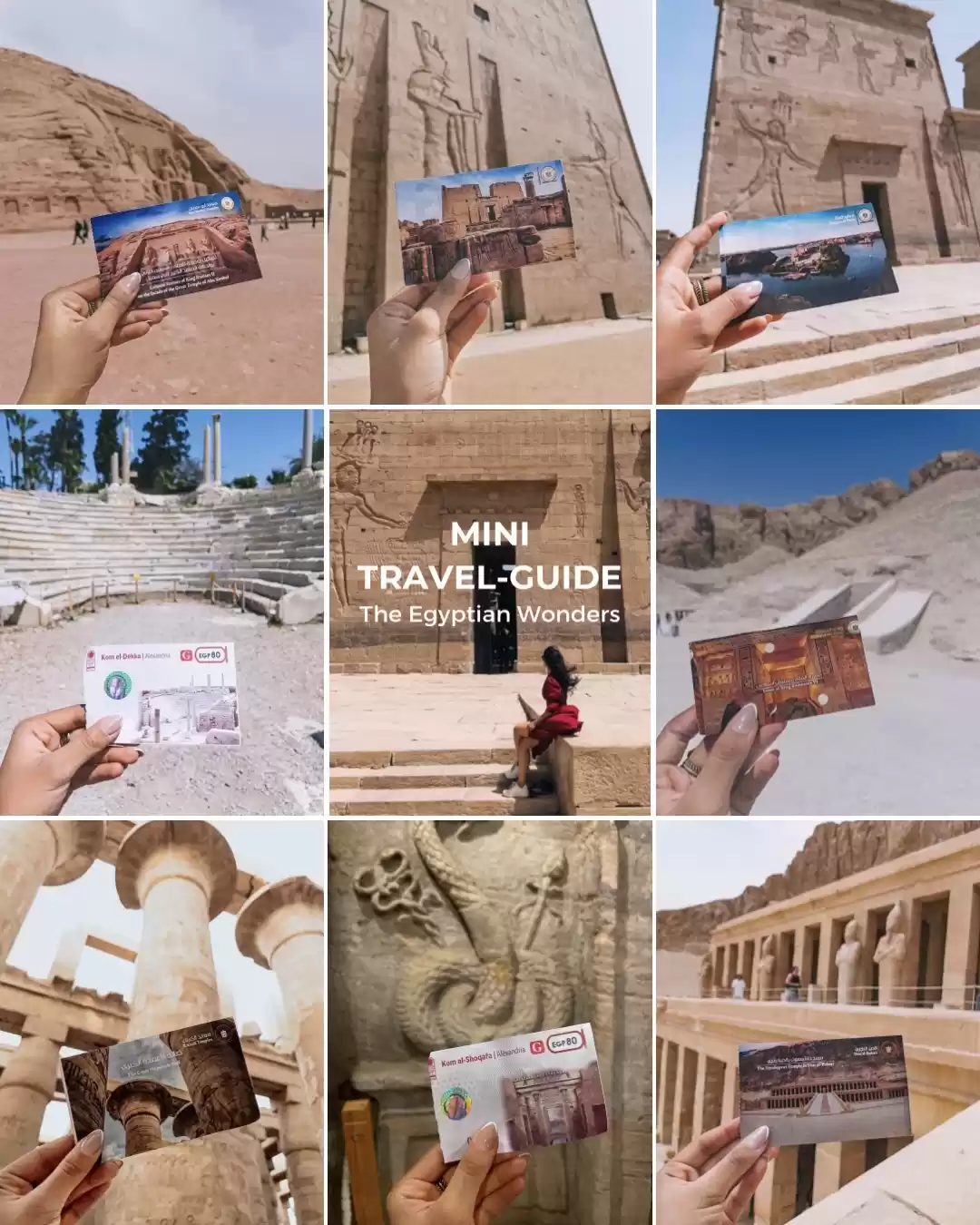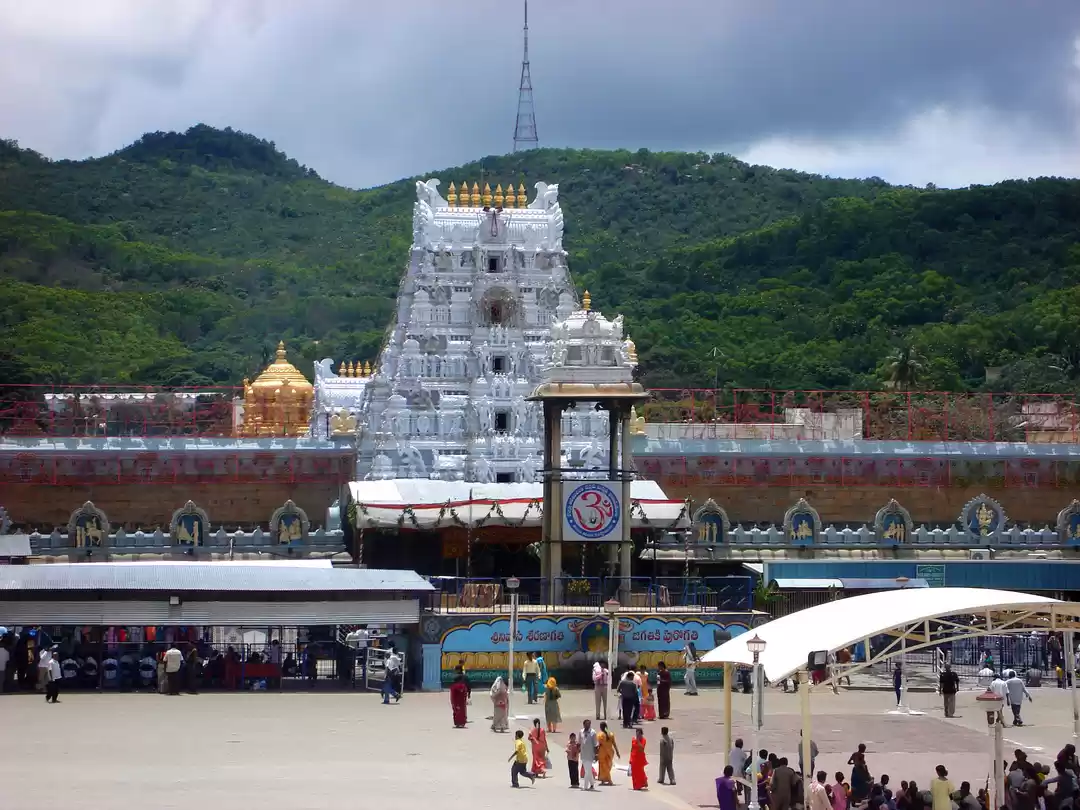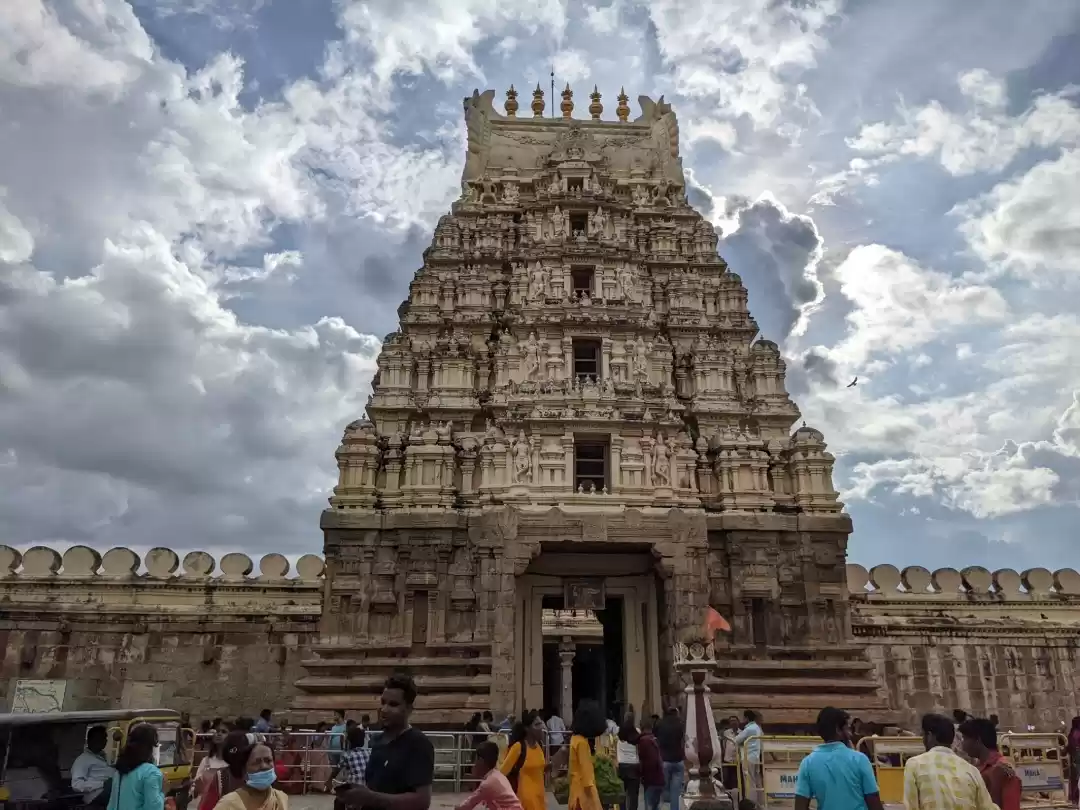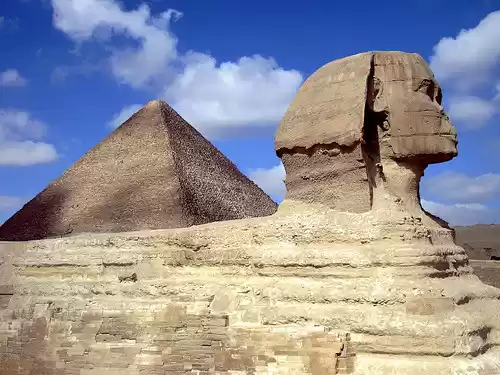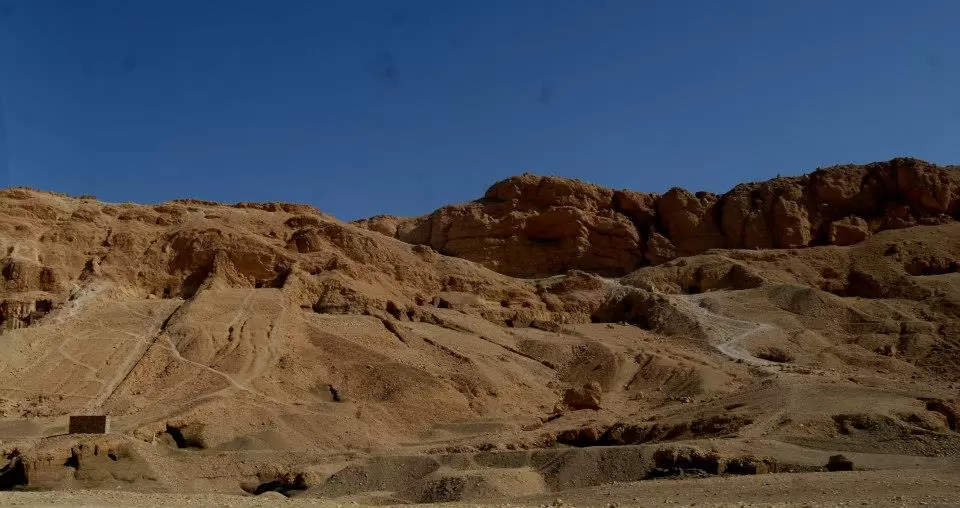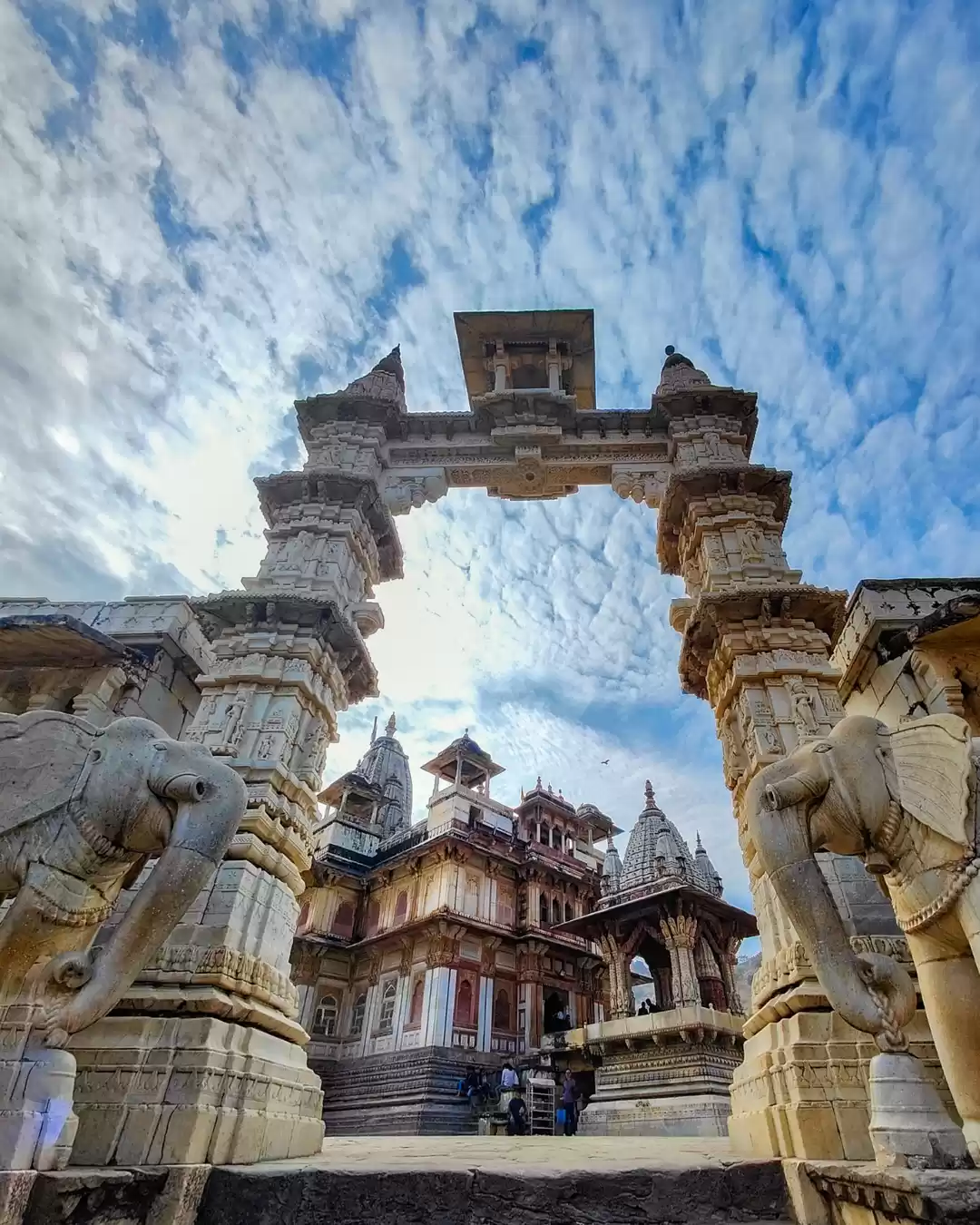Are you fascinated by the ancient wonders of Egypt? Do you want to explore one of the most impressive and unique monuments in the land of the pharaohs? If so, you should not miss the Temple of Hatshepsut, the magnificent mortuary temple of the first female ruler of Egypt.
Hatshepsut was a remarkable woman who defied the norms of her time and rose to the highest position of power in a male-dominated society. She ruled Egypt for over two decades and left behind a legacy of achievements, innovations, and monuments. Her temple is one of her most splendid creations, a masterpiece of architecture and art that showcases her glory and vision.
In this article, you will learn everything you need to know about visiting the Temple of Hatshepsut, from its history and significance to its attractions and features. You will also find out the practical information such as how to get there, when to go, what to expect, and what to see. Whether you are a solo traveler, a couple, a family, or a group, this guide will help you plan your trip and make the most of your experience.
Why You Should Visit the Temple of Hatshepsut
The Temple of Hatshepsut is one of the most impressive and important monuments in Luxor and Egypt. It is located on the west bank of the Nile, opposite the city of Luxor, and nestled in a natural amphitheater of cliffs. It is part of the Theban Necropolis, a UNESCO World Heritage Site that includes the Valley of the Kings, the Valley of the Queens, and other ancient tombs and temples.
The temple is stunning in its architecture, location, and history. It was designed by Hatshepsut’s architect and lover, Senenmut, who incorporated elements of classical Egyptian and Greek styles. The temple consists of three terraces, each with a colonnade and a portico, connected by ramps and stairs. The temple is decorated with exquisite reliefs, statues, and paintings that depict the life and achievements of Hatshepsut, as well as scenes from the mythology and religion of ancient Egypt.

The temple is a step back in time, as it transports you to the era of the New Kingdom, when Egypt was at the peak of its power and glory. You can admire the temple’s beauty and grandeur, as well as learn about the fascinating story of Hatshepsut, who was a visionary leader, a successful conqueror, a prolific builder, and a divine ruler. You can also witness the temple’s resilience and restoration, as it survived the attempts of Hatshepsut’s successor, Thutmose III, to erase her from history, as well as the damage caused by natural disasters, vandalism, and terrorism.
The temple is also a beautiful setting, as it offers stunning views of the surrounding landscape and the Nile. You can enjoy the contrast between the temple’s white limestone and the desert’s golden sand, as well as the greenery of the gardens and the palm trees. You can also catch a glimpse of the Colossi of Memnon, the two giant statues of Amenhotep III that stand nearby, and the Luxor Temple and the Karnak Temple that lie across the river.
How to Get to the Temple of Hatshepsut
There are several ways to get to the Temple of Hatshepsut from different locations, such as Cairo, Luxor, or the Nile cruise. Here are some of the options and their pros and cons:
By bus:
You can take a public bus from Cairo or Luxor to the west bank of the Nile, and then walk or take a taxi to the temple. This is the cheapest option, but also the slowest and the least comfortable. The buses are often crowded, noisy, and unreliable, and the drivers may try to scam you or overcharge you. You may also have to deal with the hassle of bargaining, haggling, and touts.
By taxi:
You can take a private taxi from Cairo or Luxor to the temple, or hire one for the day to visit other attractions on the west bank. This is a convenient and flexible option, as you can choose your own time and pace, and stop at any place you want. However, this is also the most expensive option, and you may have to negotiate the price and the route with the driver. You may also encounter some dishonest or aggressive drivers who may try to rip you off or take you to unwanted places.
By car:
You can rent a car from Cairo or Luxor and drive to the temple, or join a carpool or a shared ride with other travelers. This is a good option if you are confident and experienced in driving in Egypt, as you can enjoy the freedom and independence of having your own vehicle. However, this is also a risky and stressful option, as the roads are often chaotic, congested, and poorly maintained, and the traffic rules are often ignored or violated. You may also have to pay for parking, tolls, and gas, and deal with the possibility of accidents, breakdowns, or thefts.
By bike:
You can rent a bike from Luxor and cycle to the temple, or join a bike tour with a guide and a group. This is a fun and eco-friendly option, as you can enjoy the scenery and the fresh air, and get some exercise along the way. However, this is also a challenging and tiring option, as the distance is about 15 km, and the terrain is hilly and sandy. You may also have to face the heat, the dust, and the traffic, and wear protective gear and clothing.
By boat:
You can take a ferry, a motorboat, or a felucca (a traditional wooden sailboat) from Luxor to the west bank, and then walk or take a taxi to the temple. This is a scenic and relaxing option, as you can admire the views of the Nile and the temples from the water, and enjoy the breeze and the sun. However, this is also a variable and unpredictable option, as the availability, frequency, and price of the boats may depend on the season, the weather, and the demand. You may also have to wait for a long time, share the boat with other passengers, or deal with the hassle of bargaining, haggling, and touts.
When to Visit the Temple of Hatshepsut
The best time to visit the Temple of Hatshepsut depends on several factors, such as the weather, the crowds, and the events. Here are some of the considerations and recommendations:

The best time of the year to visit the temple is from October to April, when the weather is mild and pleasant, with average temperatures ranging from 15°C to 25°C. This is also the peak season for tourism in Egypt, so you can expect more visitors, activities, and festivities, but also higher prices, longer queues, and less availability. If you want to avoid the crowds and the costs, you can opt for the shoulder season, which is from May to September, when the weather is hot and dry, with average temperatures ranging from 25°C to 40°C. This is the low season for tourism in Egypt, so you can enjoy more space, privacy, and bargains, but also less services, facilities, and events.
The best time of the month to visit the temple is during the full moon, when the temple is illuminated by the moonlight, creating a magical and mystical atmosphere. You can also witness the phenomenon of the lunar alignment, when the moon rises directly behind the temple, aligning with its axis and creating a stunning spectacle. However, you may also encounter more visitors, especially photographers and astrologers, who come to capture this rare and beautiful sight.
The best time of the day to visit the temple is in the early morning, when the temple is less crowded, cooler, and brighter, as the sun shines on its facade and enhances its colors and details. You can also enjoy the sunrise over the Nile and the mountains, and the morning light that creates a soft and warm glow. However, you may also have to wake up early, arrange your transportation, and pay a higher entrance fee, as the temple opens at 6 am and charges an extra 50 EGP for the early bird ticket. Alternatively, you can visit the temple in the late afternoon, when the temple is more quiet, shaded, and dramatic, as the sun sets behind it and casts long shadows and silhouettes. You can also enjoy the sunset over the Nile and the temples, and the evening light that creates a rich and deep contrast. However, you may also have to hurry up, plan your itinerary, and watch your time, as the temple closes at 5 pm and does not allow visitors to stay after dark.
What to Expect at the Temple of Hatshepsut
Before you visit the Temple of Hatshepsut, you should know what to expect and how to prepare for your visit. Here are some of the things you should be aware of and ready for:
The entrance fee to the temple is 100 EGP, or 150 EGP if you want to visit in the early morning. You can buy your ticket at the ticket office near the parking lot, or online through the official website of the Ministry of Tourism and Antiquities. You will also need to pay an extra 300 EGP if you want to use a camera or a video recorder inside the temple, or 50 EGP if you want to use a mobile phone. You can also rent an audio guide for 50 EGP, or hire a human guide for 200 EGP, to learn more about the temple and its history.
The opening hours of the temple are from 6 am to 5 pm, every day of the week. However, the temple may close earlier or later depending on the season, the weather, and the security situation. You should check the official website or the local news before you visit, to avoid any disappointment or inconvenience.
The layout and structure of the temple are easy to navigate, as the temple follows a symmetrical and linear design. You can start from the lower terrace, where you will find the entrance gate, the ticket office, the souvenir shops, and the restrooms. You can then walk up the ramp to the second terrace, where you will find the main attractions and features of the temple, such as the statues, the reliefs, the chapels, and the sanctuary. You can then walk up another ramp to the third terrace, where you will find the upper portico, the solar altar, and the view platform. You can also explore the side areas and the hidden corners of the temple, where you may discover some interesting details and surprises.
The temple is a rich and diverse source of information and inspiration, as it showcases the life and achievements of Hatshepsut, as well as the culture and religion of ancient Egypt. You can learn about the history and significance of the temple, the architecture and art of the temple, the mythology and symbolism of the temple, and the restoration and conservation of the temple. You can also admire the beauty and grandeur of the temple, the craftsmanship and skill of the temple, the creativity and innovation of the temple, and the resilience and restoration of the temple.
What to Wear and Bring to the Temple of Hatshepsut
To make your visit to the Temple of Hatshepsut enjoyable and comfortable, you should pay attention to what you wear and bring to the temple. Here are some of the tips and suggestions:
What to wear:
You should wear modest and respectful clothing that covers your shoulders and knees, as the temple is a sacred and historical site that deserves your respect and appreciation. You should also wear comfortable and practical clothing that suits the weather and the terrain, such as light and breathable fabrics, sturdy and closed shoes, and a hat and sunglasses. You should also avoid wearing any jewelry or accessories that may attract unwanted attention or cause offense, such as religious symbols, political slogans, or flashy items.
What to bring:
You should bring some essentials and extras that will enhance your experience and convenience, such as sunscreen, water, snacks, camera, phone, charger, cash, ID, and tickets. You should also bring some optional and personal items that will suit your preferences and needs, such as a backpack, a map, a guidebook, an audio guide, a human guide, a binocular, a flashlight, a notebook, a pen, and a souvenir. You should also avoid bringing any prohibited or restricted items that may cause trouble or damage, such as weapons, drugs, alcohol, cigarettes, food, drinks, flash, drones, or pets.
The Temple of Hatshepsut is a must-see attraction for anyone who visits Egypt, as it is one of the most impressive and unique monuments in the world. It is a testament to the power and glory of Hatshepsut, the first female pharaoh of Egypt, who ruled with wisdom and courage, and left behind a legacy of achievements, innovations, and monuments. It is also a masterpiece of architecture and art, that showcases the beauty and sophistication of ancient Egyptian civilization, and the creativity and skill of its builders and artists.
If you want to visit the Temple of Hatshepsut, you should follow this guide, as it will help you plan your trip and make the most of your experience. You will learn how to get there, when to go, what to expect, and what to see. You will also find out the practical information, such as the entrance fee, the opening hours, the layout, and the structure. You will also discover the history and significance, the attractions and features, the mythology and symbolism, and the restoration and conservation of the temple.
We hope you enjoyed this article and found it useful and informative. If you did, please share it with your friends and family, and leave us a comment below. We would love to hear your feedback and suggestions.
And if you want to learn more about Egypt and its wonders, please check out our other articles and resources on Tripoto, the ultimate travel platform for travelers. Thank you for your time and attention, and happy travels!

